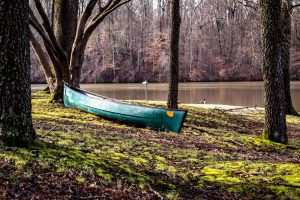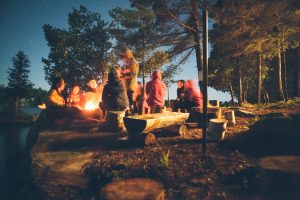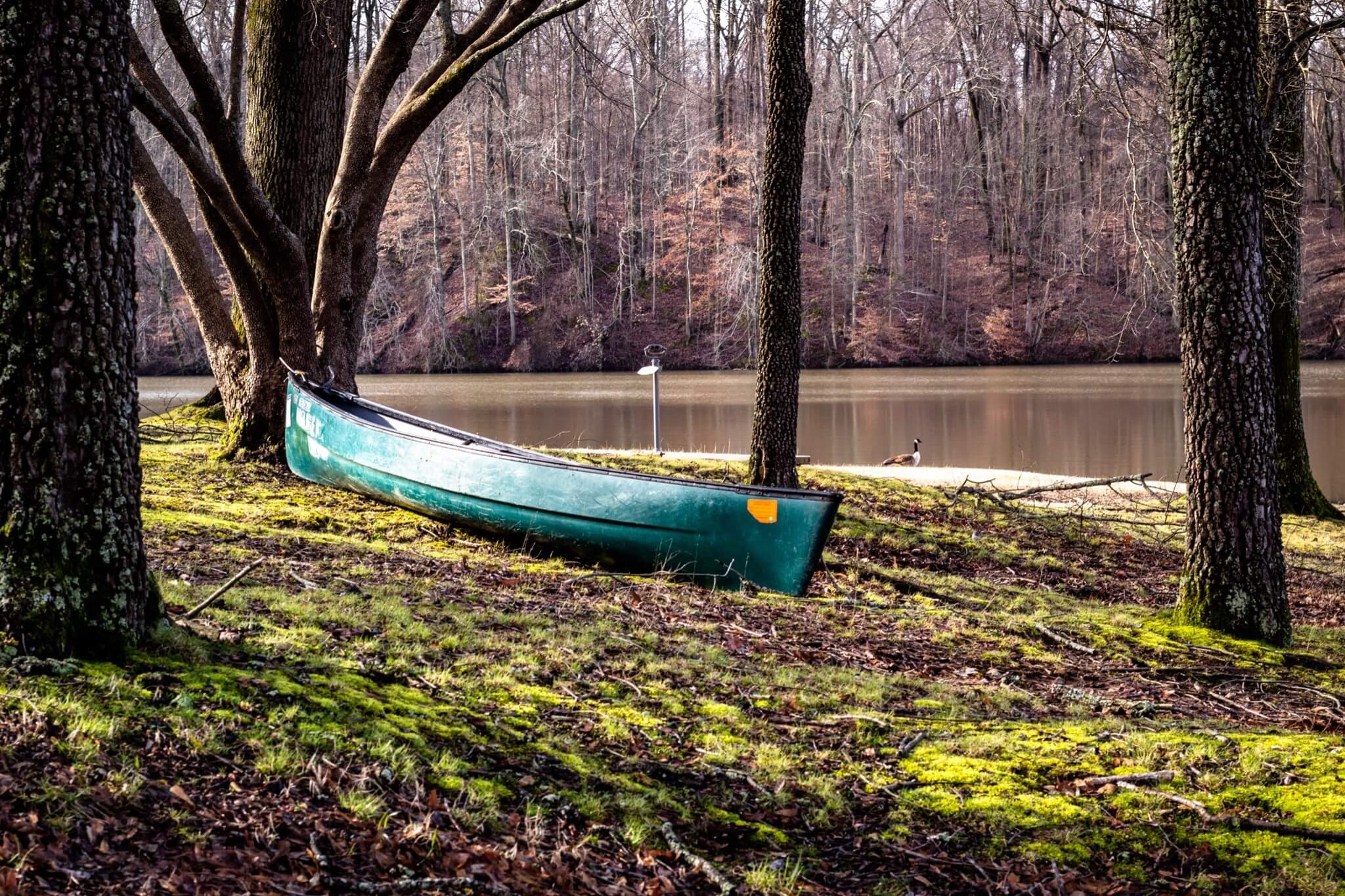
By Julia Olivas.
Visiting US state parks is a great way to enjoy fresh air and sightseeing without going too far away from home. But, of course, you can always plan a vacation to travel and see all the US state parks. Sightseeing national parks as well is an affordable vacation that the entire family can enjoy.
State parks are huge and have tons of space for you and your family, but you’ll need to plan ahead to ensure your trip is fun instead of stressful. Here are a few tips to help you enjoy US state parks.
1. Plan Lodging
When visiting state parks, you might plan a weekend trip or an entire vacation instead of a single day, considering where you and your family will sleep. There are a few options for where to stay when visiting national parks, including”
- National park lodges: You can lodge and camp within national parks. Unfortunately, park lodges fill up quickly, so you’ll need to book your stay well in advance to see all the great attractions a park offers.
- RV camping: If you don’t want to stay in a hotel, you can rent your own RV and park it on campgrounds. Many campgrounds in national parks don’t take reservations, so you’ll have to get there early in the morning to ensure a good spot. When using an RV, check your campground’s guidelines for size limitations to ensure your RV is allowed.
- Camping: Of course, you can also choose to go old school and camp in a tent. If you choose this method, ensure you can get a spot that’s close enough to any outhouses. Some national parks have running water, so you may be able to bathe while you’re there.

2. Visit Off Season
If you want to avoid crowds, consider visiting state parks in the off-season. Summer is the busiest season because kids are out of school, and families typically spend more time together. However, you can visit a state park during the spring and fall; just be careful if you plan camping there; it can get cold, depending on your state.
When visiting a park off-season, you can expect some activities to be unavailable, so it’s important to plan accordingly. You can visit the park’s website if you’re unsure what activities will be available during the spring or fall.
3. Avoid Weekends and Holidays
As you can expect, weekends and holidays are the busiest times for national parks because people are off work and children are out of school. National parks often have free attractions that allow guests to visit the park at no cost, so you’ll want to avoid those times as much as possible if you want to get some private time at a national park.
However, if you’re okay being shoulder-to-shoulder with other people, you can and should take advantage of the fee-free days as they allow you to explore a park at no cost to you. If you are going to spend time at a national park on a weekend or holiday, get there as early as possible to avoid the crowds.
4. Go Hiking
If you don’t mind the extra exercise, consider hiking and camping away from big crowds. Hiking further into the park and staying there will distance yourself and your family from the thousands of other people who might be enjoying the park on any given day. Most national parks allow you to camp wherever you want as long as you have a permit. You can reserve your permit and pick it up ahead of time to save time getting to your camping spot the morning of your trip.
5. Plan Ahead
Plan your national park trip months in advance to ensure your family can make it to the park as early as possible for the best spot. Even if you’re not planning activities that require a permit, you can still expect to have to deal with many people, so it’s best to get there early and allow yourself to avoid the crowds. Planning ahead can also help you determine which park you want to visit and when.
Additionally, many campgrounds get booked up well in advance, so you should always try to get a reservation if you can. In some cases, reservations can only be made two weeks in advance, while other parks allow you to book as far in advance as you like. Planning ahead can help you figure out the booking rules and set a reminder to tell you when to book your space.
6. Bring Bug Spray
No matter which national park you visit, you can expect bugs. If you don’t like bugs, including mosquitoes, it’s best to bring bug spray or pest control to ensure they won’t come near you. Since you’ll be out in the open, especially if you’re camping, it’s always a good idea to have bug spray with you wherever you go to prevent itchy lumps from ruining your vacation.

7. Dress Appropriately
While you may want to look your best in public, state parks are no time for nice clothing or uncomfortable footwear. Instead, dress comfortably and for the weather. Since you’re most likely visiting a park in the summer, wear clothes that can keep you cool if you plan to spend your time in the sun. Additionally, always wear comfortable and supportive hiking shoes because you’ll be doing a lot of walking.
You should also bring extra clothing for layers since the weather can change quickly, especially after the sun goes down. So keep an extra jacket or sweatshirt in your backpack just in case you need it.
Final Thoughts
Planning your state park visits is important because it allows you to be able to enjoy yourself rather than worry about making reservations on time or waiting in a long line. Have a plan ready after you book your trip to ensure everyone you bring has their essential items, including water bottles, comfortable clothing, and sunscreen.

Julia Olivas
Julia Olivas graduated from San Francisco State University with her B.A. in Communication Studies. She specializes in content writing and marketing and loves working with teams to produce quality content for their blog.
In her free time, she enjoys spending time with her pup Ruby, gardening, camping, and cooking.














Leave a Reply